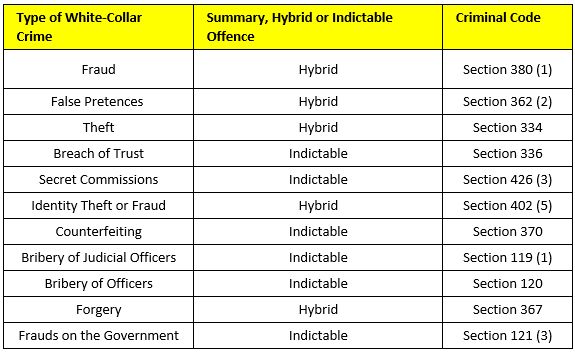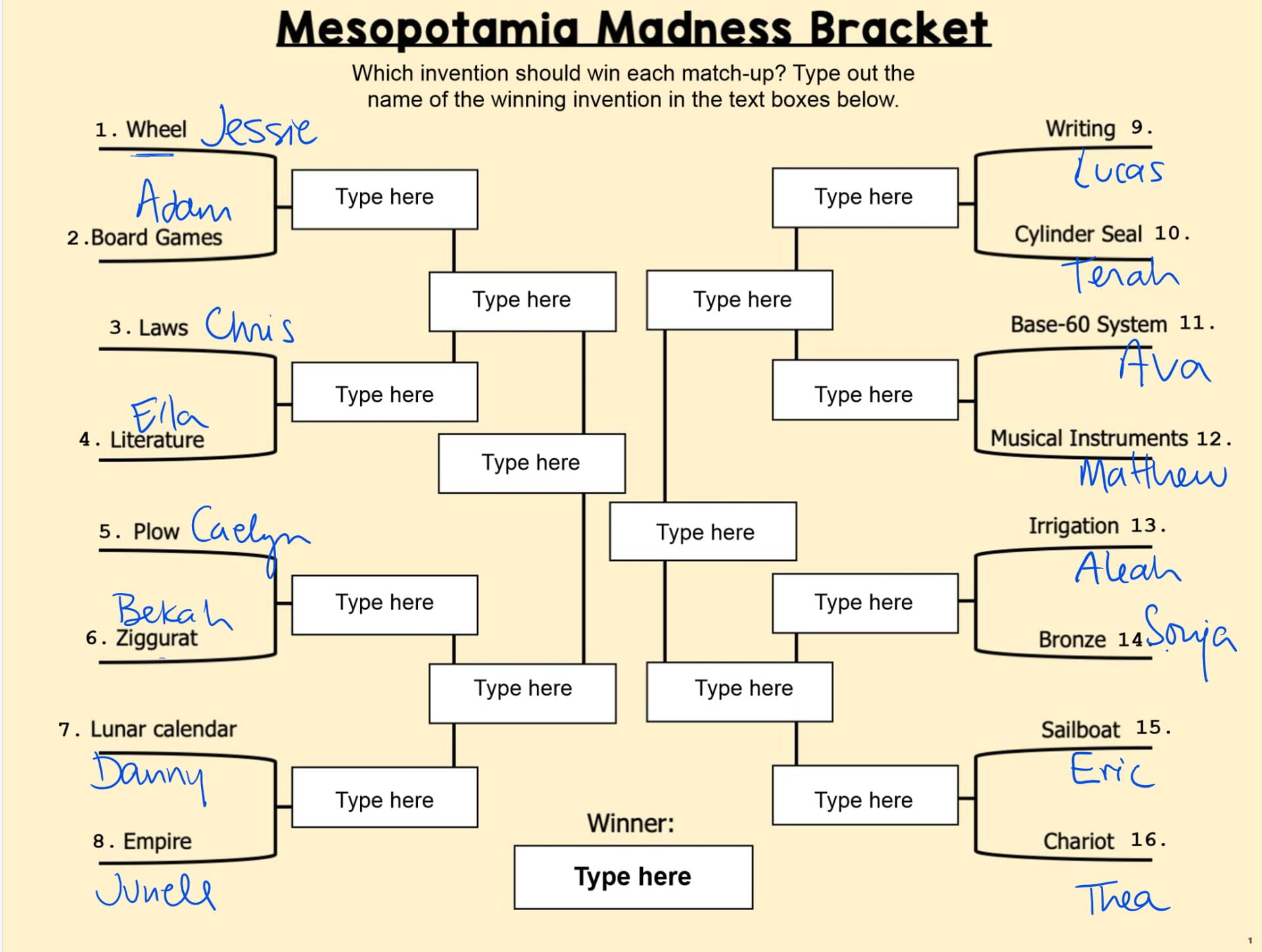Social 9 plan Thurs
- Continue with/complete the web search activity sheets. The society that began in that region of the world still is influenced by the original civilization established there.
- Once you’ve finished the pages, though, you want to start preparing to Sell us on the Value of your Invention from Mesopotamia. Convince us yours is the better achievement than the others. The list of achievements and each student assigned to them is posted below – you’ll each try to convince the class your invention is the most valuable to today’s global cultures; that it has helped mankind more than the competing invention.
- Here is the description of each of the inventions to remind you of what it is you’re trying convince others is such an important achievement.
- Remember you’ll be trying to win over votes against an opponent – against another invention. In your planning, you can try including reasons why the competing invention isn’t as helpful as yours is in the world.
10 Types of Criminal Offences
Curricular Indicators:
- Discuss what constitutes a crime according to the Criminal Code of Canada (1985)

- Compare the types of offences (indictable, summary, and hybrid offences) in the Criminal code and identify in a variety of cases.
- Identify factors to ensure the judicial process is fair to the accused (presumption of innocence, right to jury, trial of peers)
- Differentiate between federal penitentiaries and provincial correctional facilities, including various levels of security within, length of sentence and programs available (substance abuse intervention, sex offender treatment, literacy development, work experience, treatment courts).
Some offences described in the Criminal Code of Canada are on the extremes of less and more severe crimes. Most crimes listed are hybrid, meaning the pros

ecution can decide whether to move forward with a charge being more consequential or less, depending on the history of the individual. The Criminal Code also specifies what the minimum and maximum penalties are for each offence, allowing for some fairness in how the law is applied.
Types of Criminal Charges:
Cases to evaluate:
Hybrid Offence Case Study – Section 267 Criminal Code: Assault Causing Bodily Harm
How Sentences are Carried Out After Conviction
Case Study Group Discussions:
- Consider carefully the following cases and watch to pull out what you think are the relevant details of each case.
- You can audio record your group’s thoughts/summary after reading/sharing together.
- aalblm_02-05a case study of search/seizure rules (reasonable grounds)
- aalblm_02-04a case study of suspected DUI offender approached in his driveway (right of privacy)
- aalblm_01-09a individual sues City of Vancouver for believed excessive use of police force
- aalblm_04-05a – case lists steps related to motive and planning. Determine the threshold of “attempt”
- Case Study R. v. M. school searches and expectation of privacy
ELA 10 Independent Reading: Sci fi/fantasy
One of the requirements for the ELA A10 curriculum is to do some prolonged independent reading. There are a number of books on the classroom bookshelf you could consider, so long as they fit within the genres or themes below:
- mysteries
- the unknown
- science fiction
- fantasy
- imagination/curiosity
- challenges
- a hero’s journey/quest
This year in particular, we’ve used a few more classes for some of the coursework than is usually needed in a regular year. We’re building up skills together, though, that otherwise may have already been established/built on if there wasn’t a loss of time/learning progress when we were sent home during the initial days of the Pandemic. We’re not pushing through the work too quickly that you’re overwhelmed by it, but that then means we need to make some adjustments for that extra time used.
You can choose to read a novel and see how far into the text you get. Some novel titles that fit include:
- Hitchhiker’s Guide to the Gallaxy
- The Chrysalids
- A Brave New World
- Frankenstein (Mary Shelley)
- Dune (Frank Herbert)
- The Martian (Andy Weir)
- Enders Game
So… let me introduce to you some longer science fiction short stories.
They’re long enough in length they offer some prolonged, independent reading. There’s enough of a story developed that it requires some careful consideration of events, characters involved, motivations and tensions, and will be enough text to be the source of your following essay writing.
Some options to consider this year:
- “A Sound of Thunder”: A sci-fi story of people going back in time for sport hunting – to kill a dinosaur – but, even though they’re warned not to cause any other changes in the past because it could have a ripple effect and change the present, it happens. (One of the most popular sci-fi short stories written, by a favourite author for many – Ray Bradbury.)
Note – this was also made into a Simpsons episode. - “Actually Naneen”: A little into our future, there are robots used as nannies, but what do you do when yours is getting a little run-down and her operating software won’t upgrade anymore? (There is some empathy involved in this reading.) Author Malka Older – American, female scientist.
- “By Degrees and Dilatory Time”: A sci-fi story of a man who has cancer of the optic nerve (eyes) and gets new robotic eyes. It’s an adjustment for him to get used to seeing the world through this perspective.
Author S. L. Huang - “Cooking Time”: There is no food in the future; it’s all artificially made. With time travel, though, some can go back and cook, seeing what it’s like with read food. One young decides to go on a quest in the past to see if she can change the future, so there could be food still.
Anita Roy

